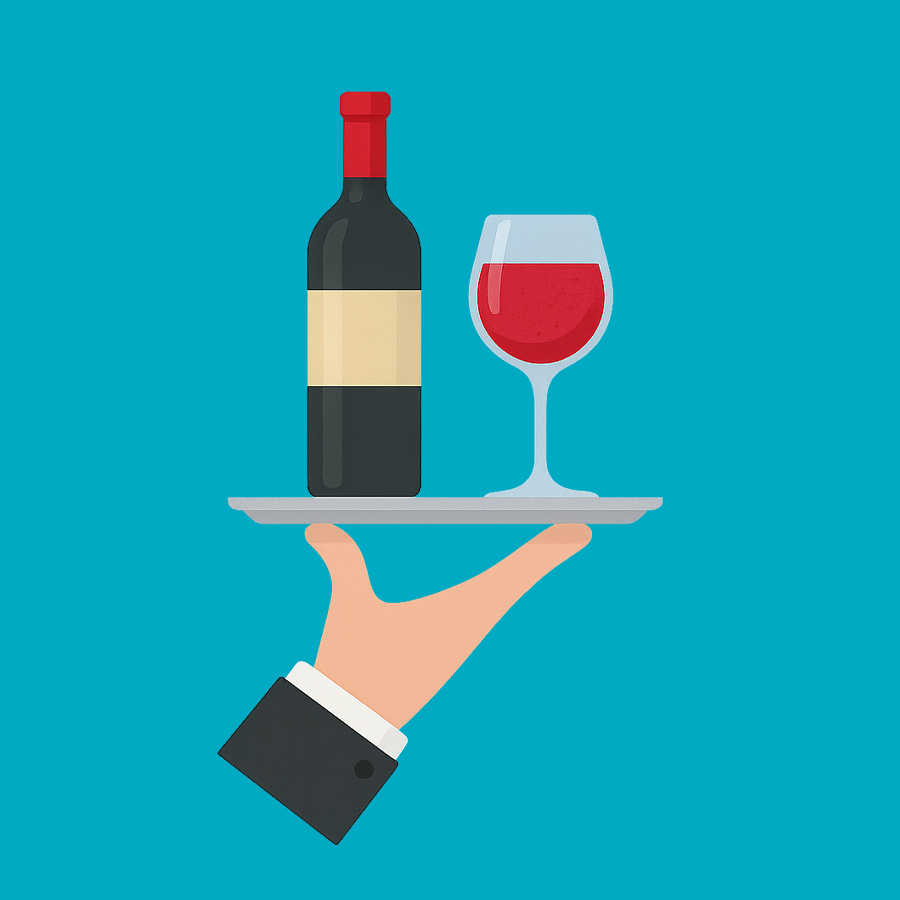Introduction
Cocktail hour is often seen as a warm-up to the main event, but when done right, it becomes a highlight all its own. It’s where guests loosen up, clink glasses, and casually graze their way into an unforgettable experience.
But here’s the secret: a seamless cocktail hour isn’t spontaneous. It’s strategically planned—from the food pacing to the layout to how guests move and mingle. Whether it’s a wedding, corporate event, or upscale party, the cocktail hour needs just as much attention as the main meal.
Let’s break down how to design the ideal flow for social grazing, so your guests enjoy every sip, bite, and moment in between.
Understanding the Purpose of the Cocktail Hour
Before planning, it’s important to understand why cocktail hours matter:
• They give guests time to socialize and transition between event phases.
• They satisfy early hunger and set the culinary tone for the rest of the evening.
• They encourage movement, breaking the ice for events with mixed guest groups.
Think of the cocktail hour as a mood-setter: it should feel effortless, engaging, and leave guests excited for what’s next.
Timing It Right: When and How Long?
The sweet spot for a cocktail hour is 45 to 60 minutes. That’s enough time to enjoy drinks and bites without stalling the evening’s energy.
Tips for Timing Success:
• If the ceremony runs long or guests arrive early, have a buffer.
• Stagger service—don’t bring all the food out at once. Start with light items and build up.
• For extended cocktail hours (outdoor settings, large guest counts), rotate items or introduce new elements mid-way to keep it fresh.
Proper timing is key to ensuring guests stay engaged but not impatient.
Designing the Layout for Flow
How you lay out the space can make or break your cocktail hour. It’s not just about where the bar goes—it’s about how people move.
Best Practices for Layout:
• Avoid bottlenecks by spreading out food and drink stations.
• Use high-top tables or lounge areas to encourage lingering without stalling.
• Place the bar in a visible spot that doesn’t block entrances or paths.
Tray-passed apps are great for keeping the energy moving, while stationed options encourage casual browsing and social interaction.
Bonus tip: Use music, lighting, or decor elements to guide guest movement and create focal points gently.
What Makes a Great Social Grazing Menu
Cocktail hour menus should be built for movement, mingling, and variety. Since guests won’t have utensils or seating, think handheld and hassle-free.
Ideal Bites Include:
• Skewers, sliders, cups, cones, tartlets
• Mix of hot and cold options
• Balanced flavors (nothing too messy or spicy)
Remember dietary diversity—guests with restrictions should feel equally cared for. Include vegan, gluten-free, and allergen-aware options.
Also, pair your pacing with your menu. Light sips first? Then, offer crisp, refreshing apps. Bigger pours? Bring on the bold bites.
Signature Sips & Snack Pairings
Want to elevate your cocktail hour even further? Add curated pairings that surprise and delight.
Creative Pairing Ideas:
• Mini tacos + tequila sips
• Prosciutto skewers + sparkling rosé
• Spiced meatballs + ginger beer cocktails
• Cucumber cups + gin and tonic shooters
Pairings allow you to showcase your culinary creativity, reinforce a theme, or tie in the couple’s (or client’s) personality.
Presentation matters, too—unexpected serving vessels or tray displays can turn simple snacks into conversation starters.
Behind the Scenes: Staffing and Coordination
Great flow comes from excellent communication behind the scenes. That includes:
• Assigning servers to specific zones for tray-passed apps
• Timing kitchen output with service pacing
• Having clear plans for refills, rotation, and resets
Your service staff needs to know the timing, layout, and rotation strategy—especially if you’re using multiple stations.
Catering software like Caterease helps manage these elements by organizing timelines, station assignments, and menu notes in one place. This keeps the whole team on the same page and ensures that your guests are effortlessly cared for.
Conclusion
Cocktail hours are no longer just a waiting period—they’re a prime opportunity to create an experience. When you plan them with intention, you transform a casual mingle into a curated moment of flavor, flow, and connection.
With smart layout choices, strategic menu pacing, and behind-the-scenes coordination, your cocktail hour becomes something guests remember—and talk about—long after the last canapé is gone.
In catering, the details in the in-between moments often make the most significant impact.
Frequently Asked Questions (FAQ)
1. How long should a cocktail hour last?
Typically, 45 to 60 minutes is ideal. It gives guests time to socialize and enjoy light bites without causing delays or fatigue before the main event.
2. What’s the best type of food for cocktail hour?
Bite-sized, handheld items that are easy to eat while standing—think skewers, tartlets, sliders, and cups. Variety is key to pleasing different palates and dietary needs.
3. Should I use passed appetizers or stations?
Both work well! Tray-passed apps keep people moving, while stations allow for self-guided exploration. A mix of both keeps things dynamic.
4. How do I avoid congestion at the bar or food stations?
Spread out service areas and use clear signage. Placing bars and stations at opposite ends of the space encourages flow and minimizes bottlenecks.
5. Can I tie the cocktail hour into the event theme?
Absolutely. Use custom drink pairings, themed appetizers, decor, or music to tie the cocktail hour into the larger vibe of the event.

